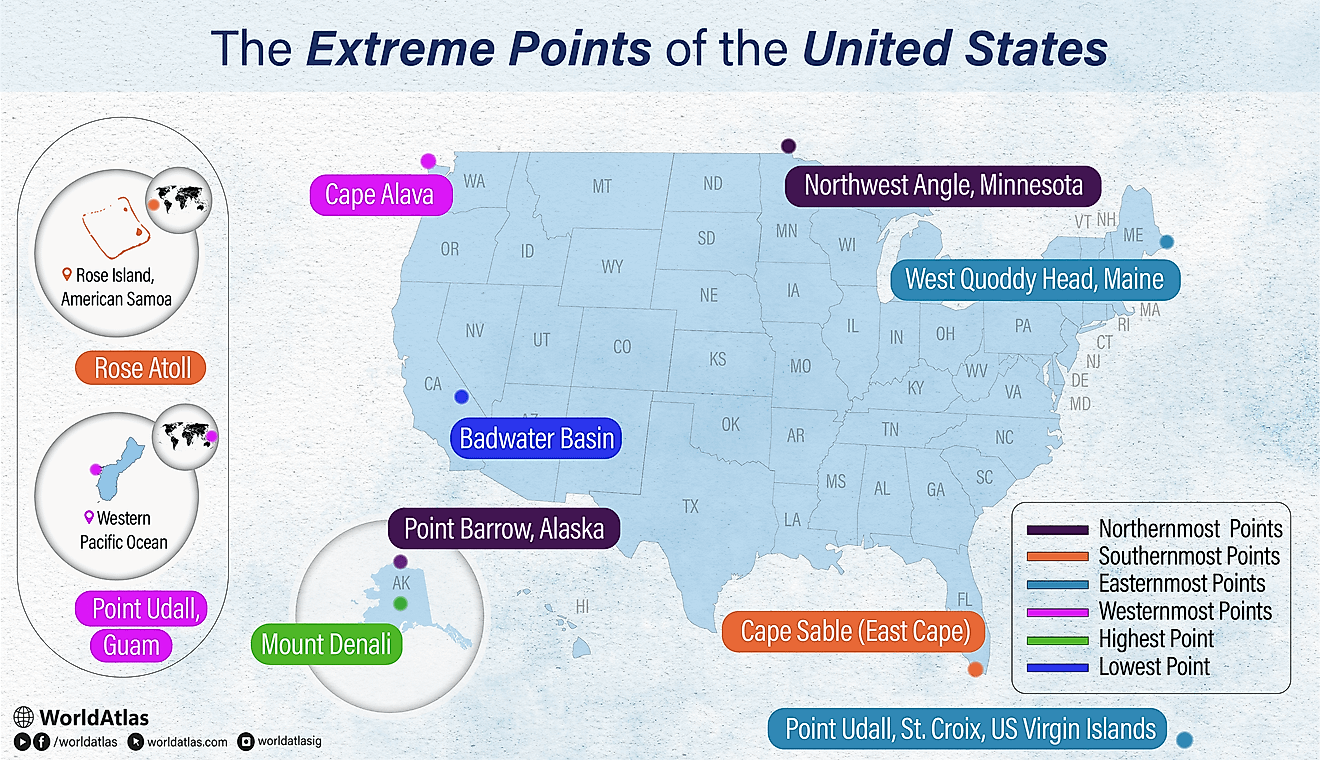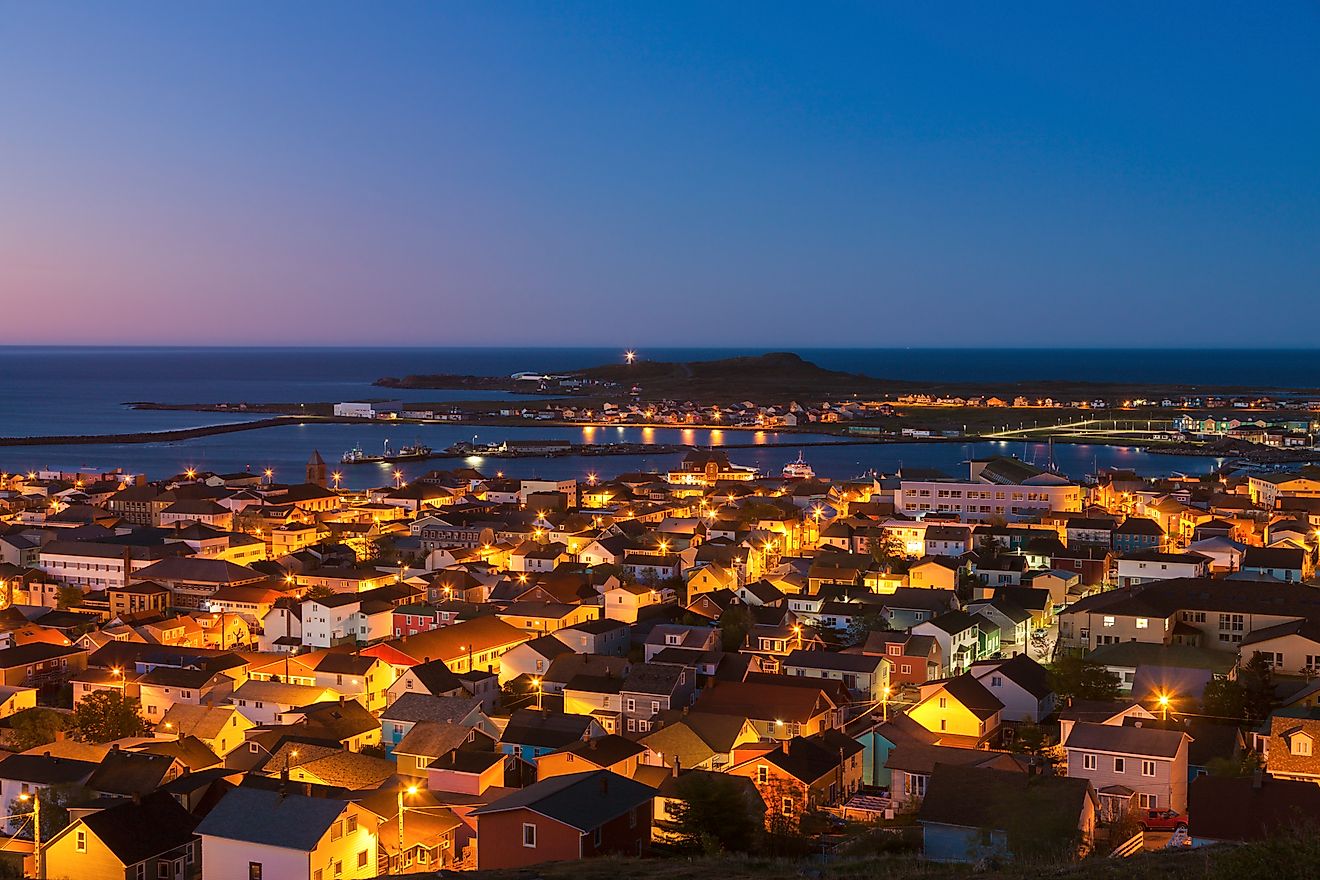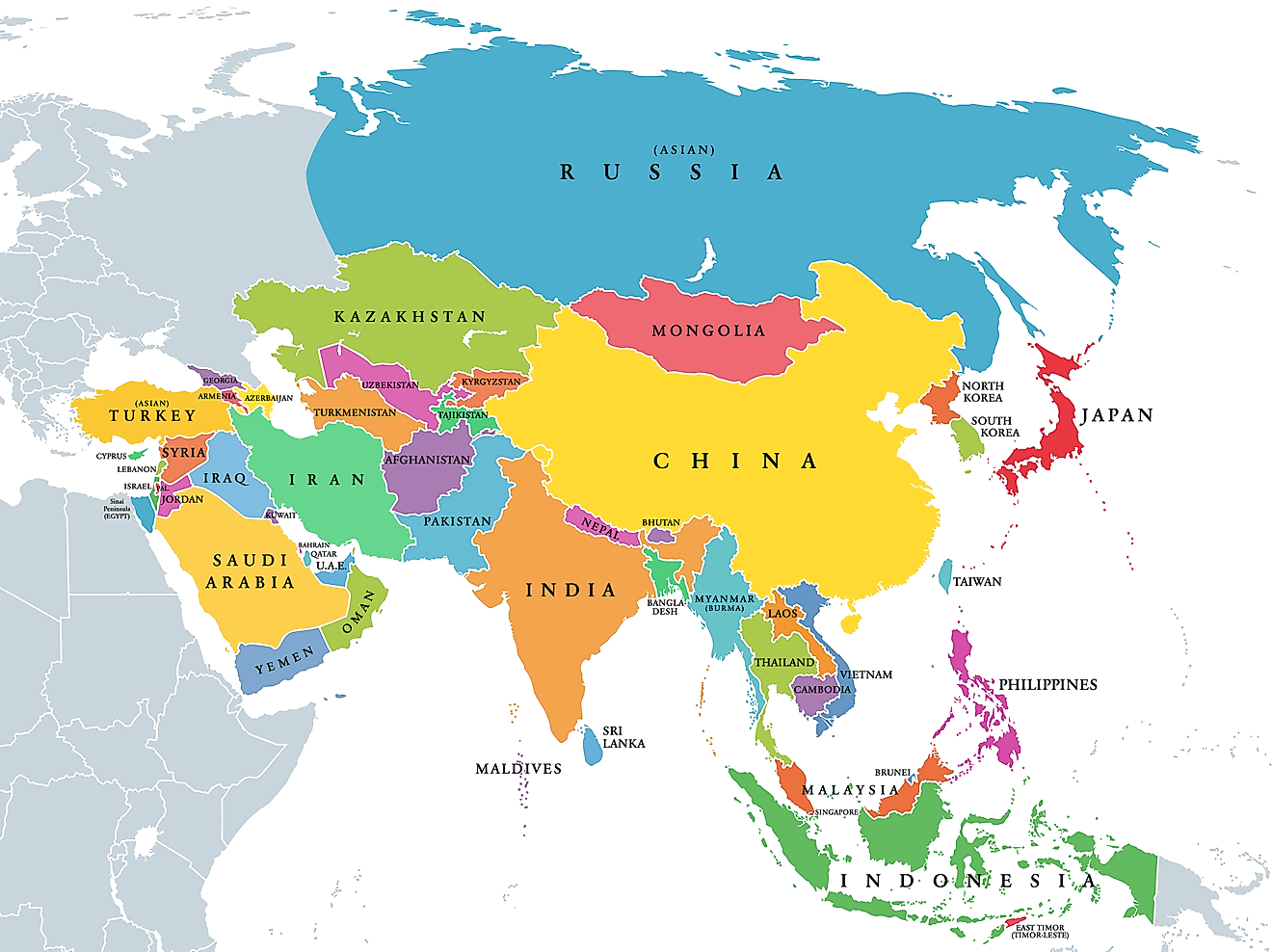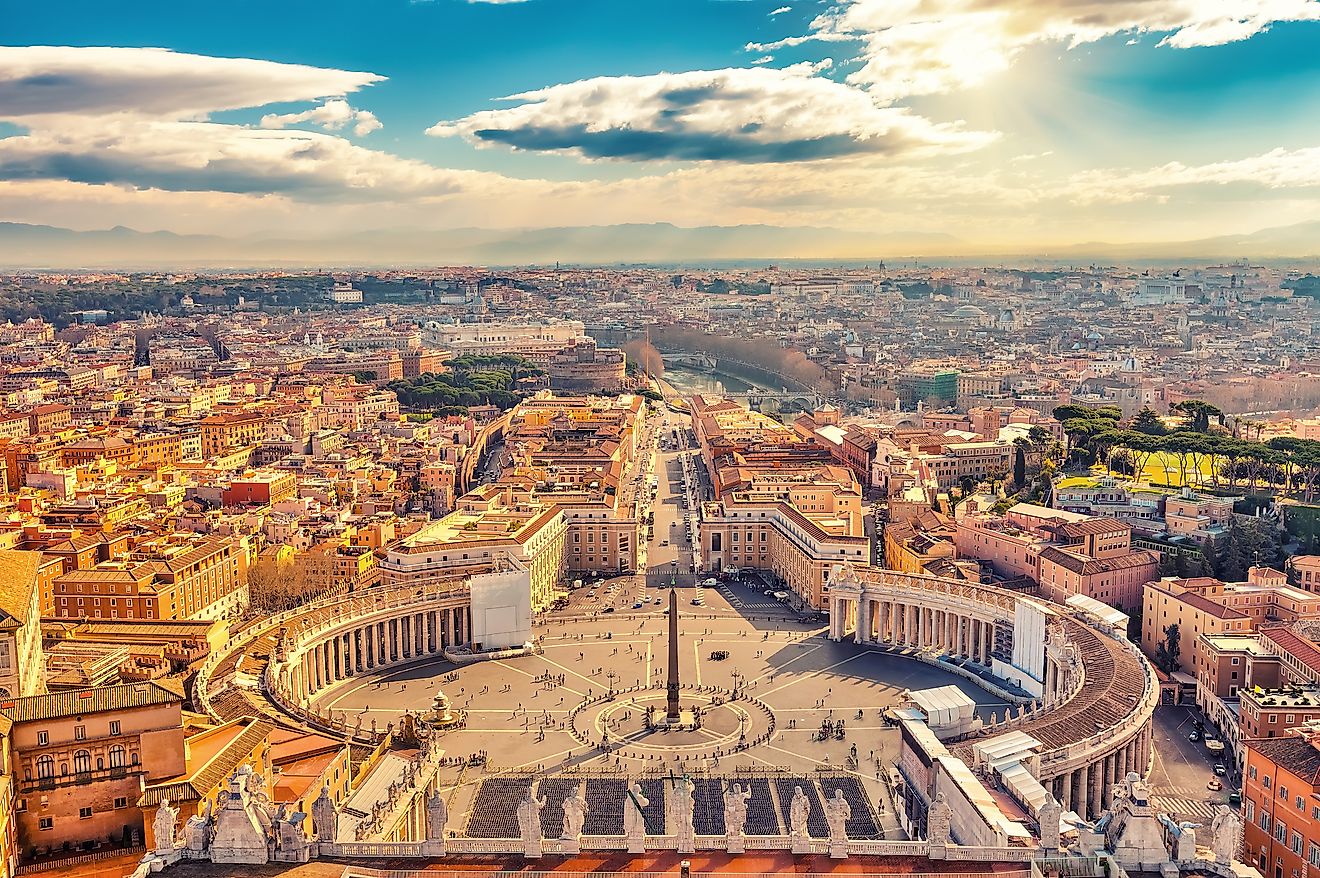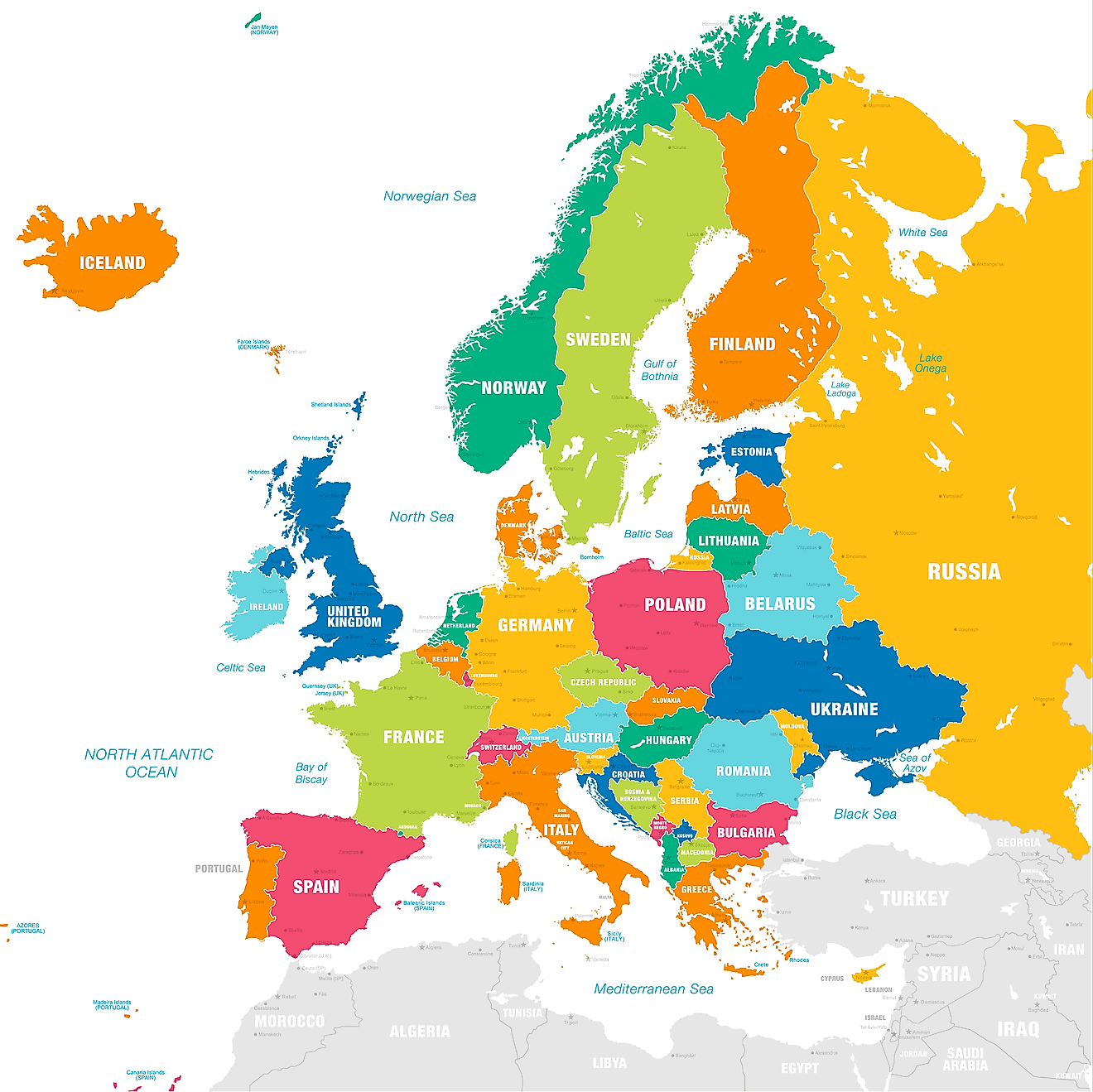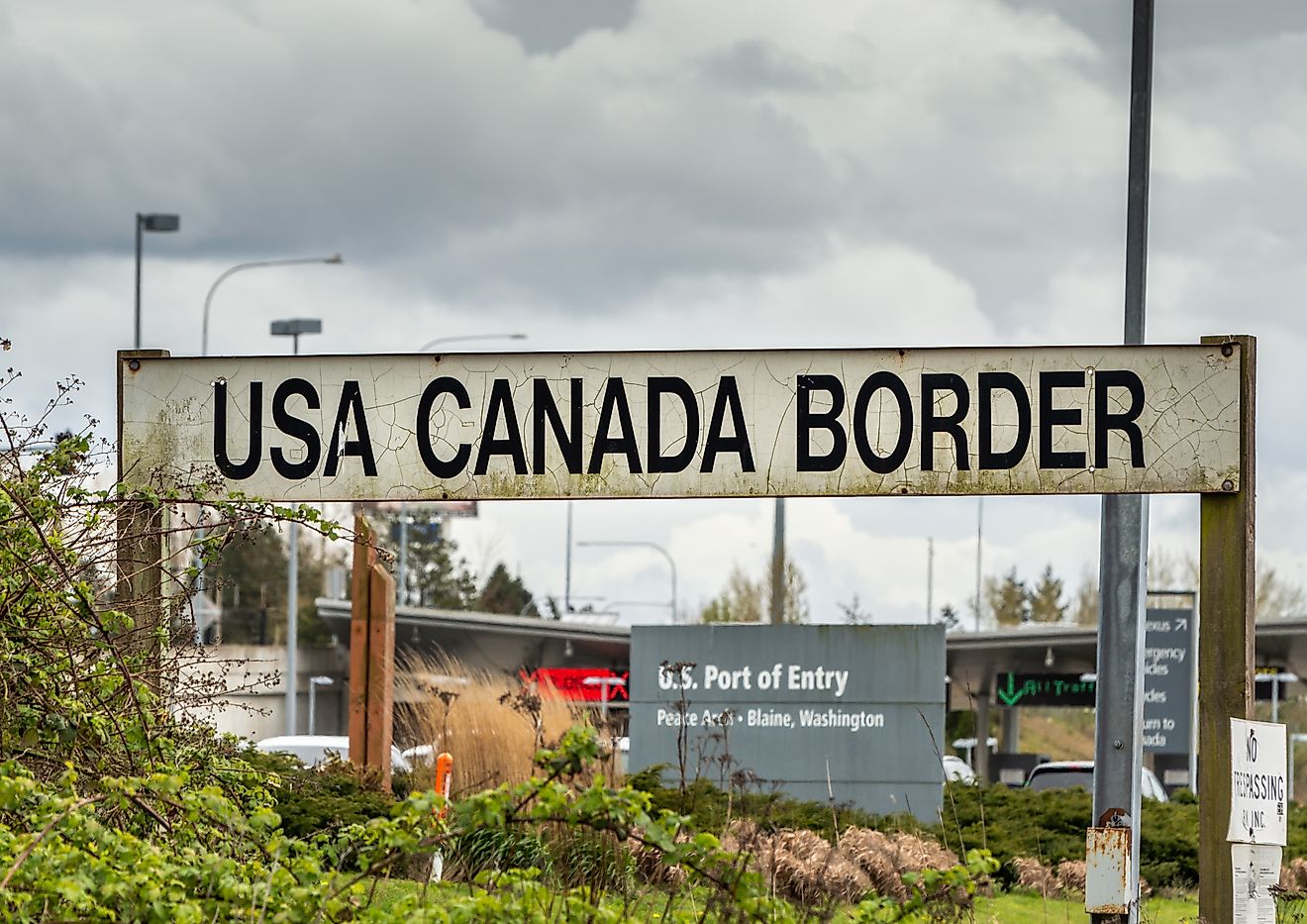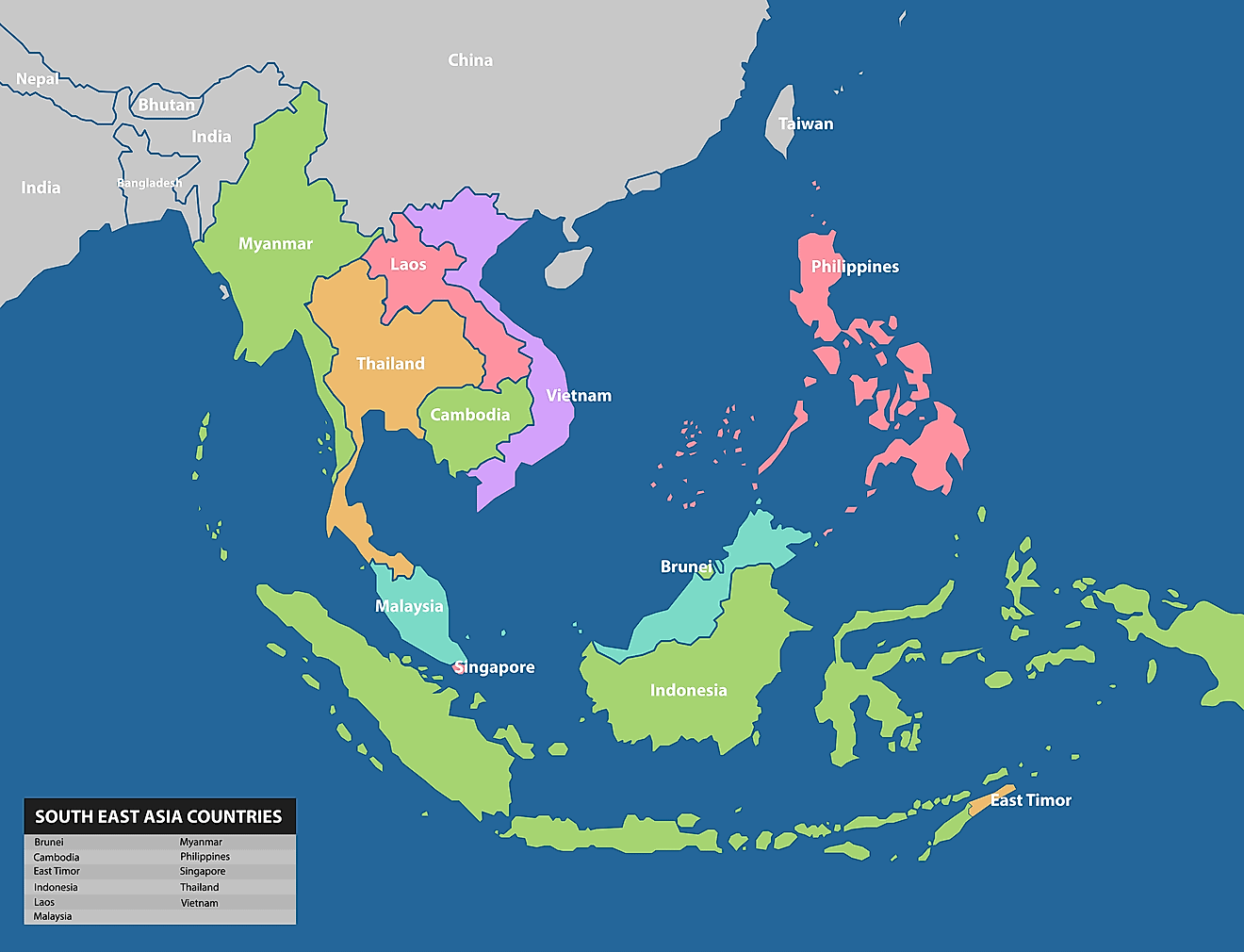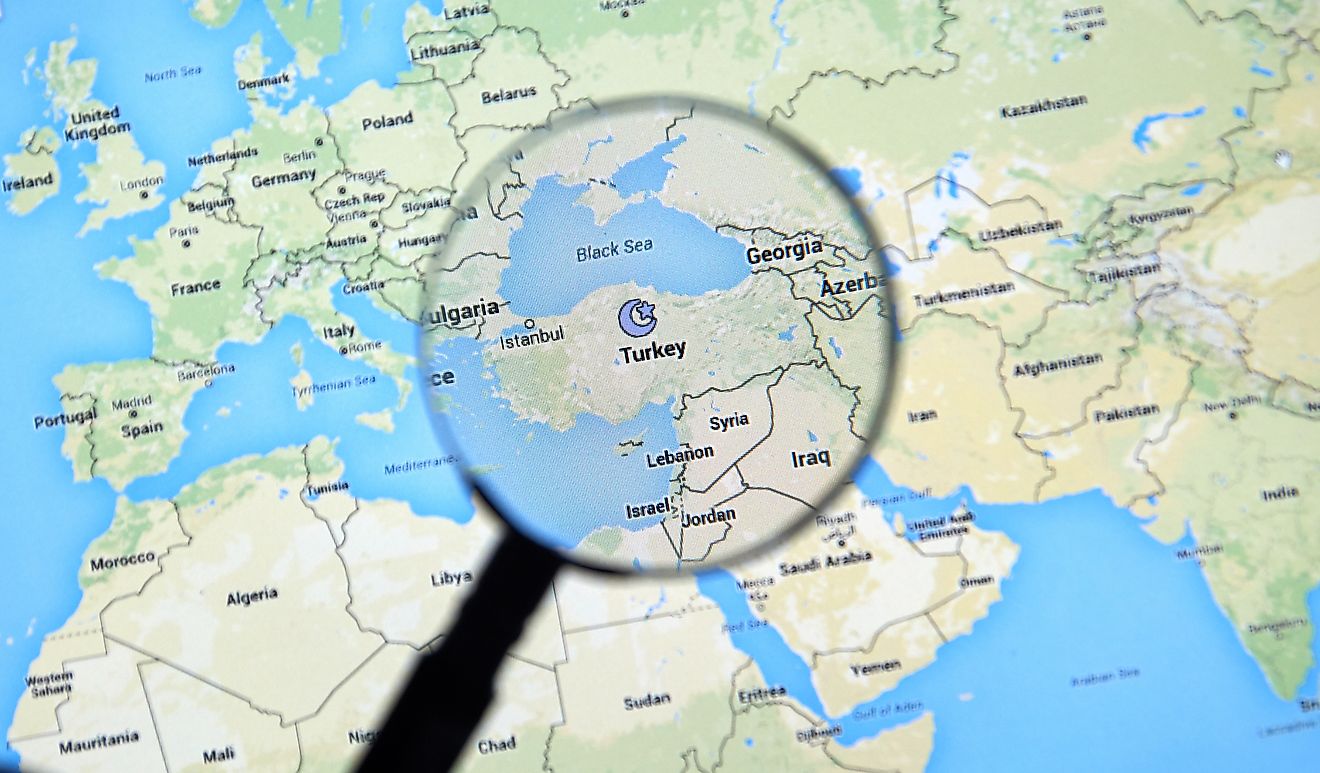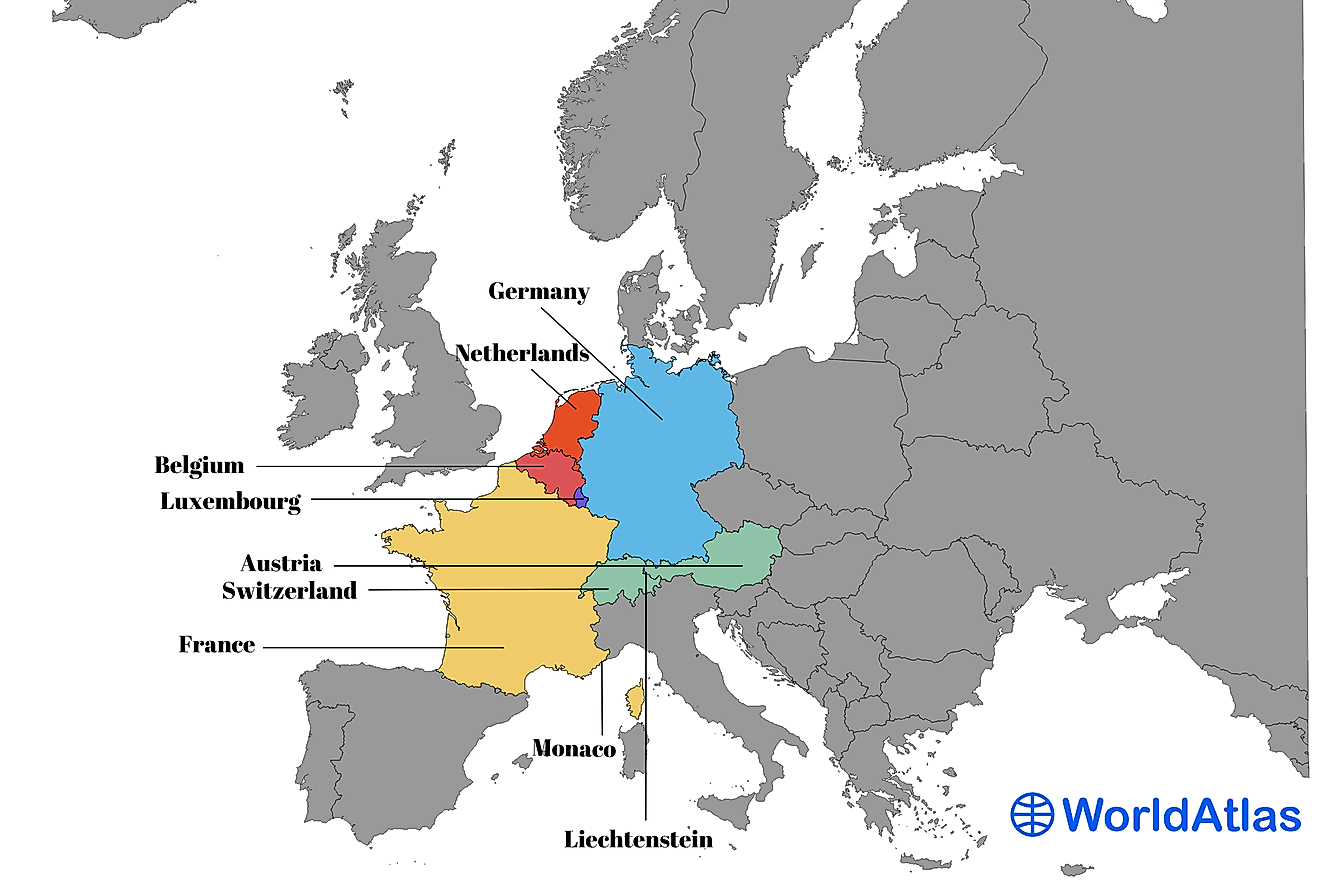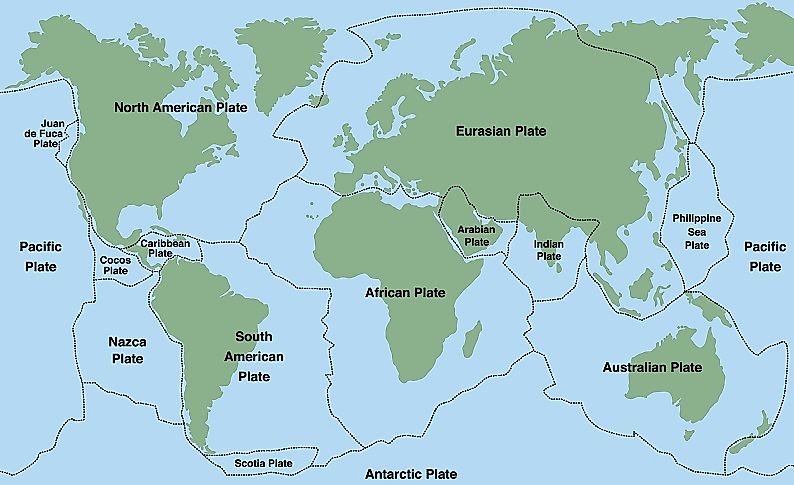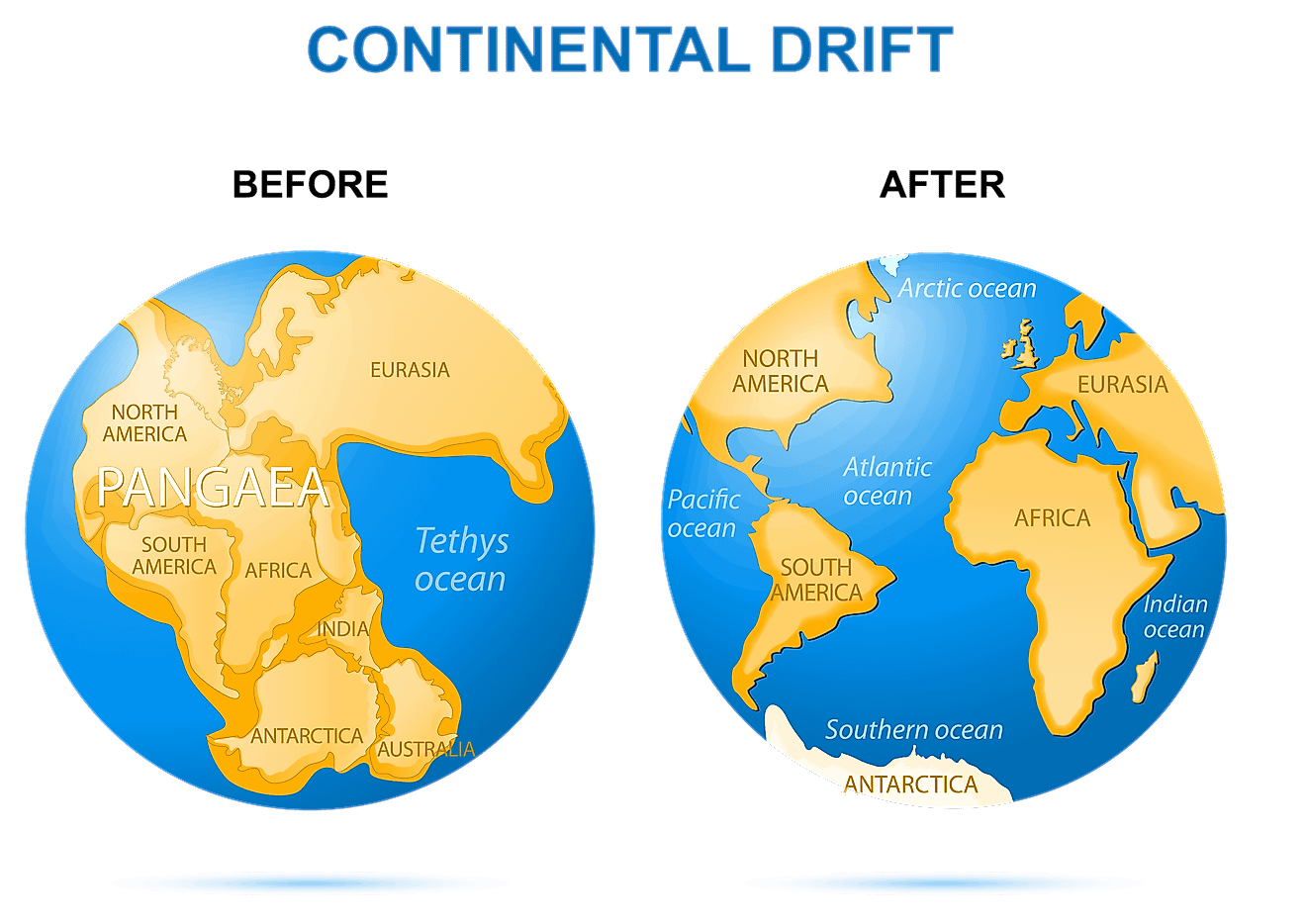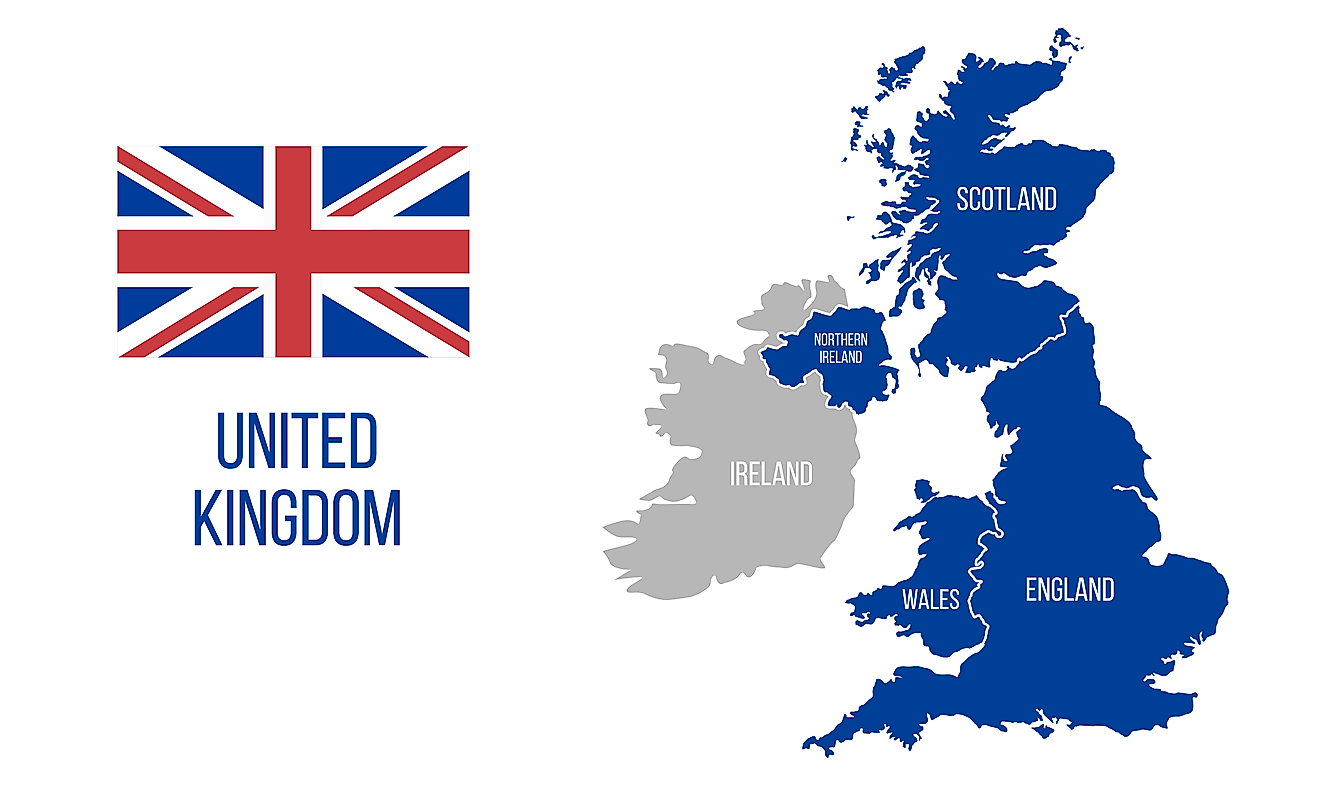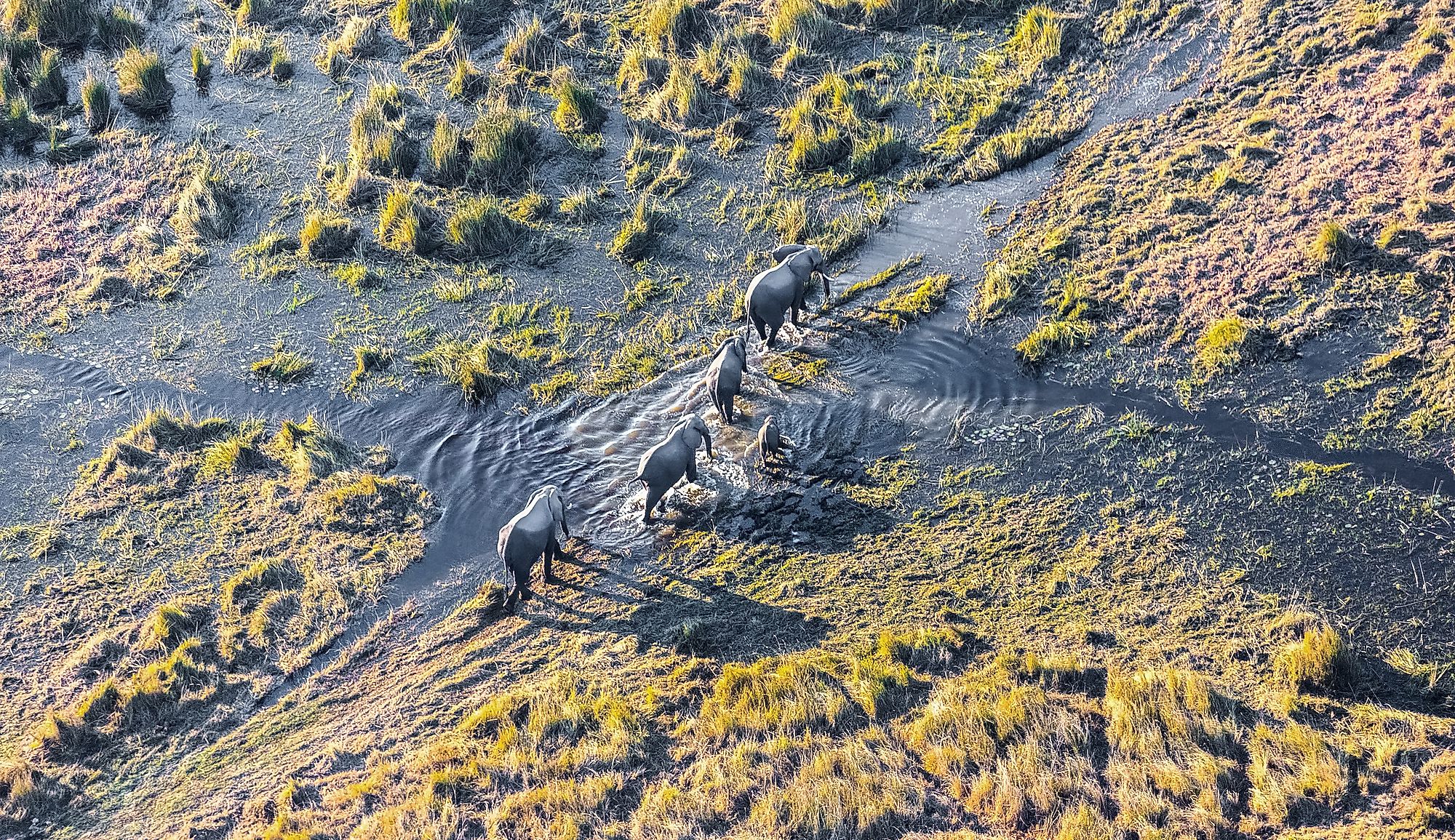
Okavango Delta
The Okavanga Delta, is a river delta, or grassland, in northern Botswana. Its lush plains, which flood seasonally, are known for being home to a variety of plants and animals and for containing the Moremi Game Reserve. The area is one of the largest inland deltas on earth, and it is unique as the river opens onto the plain, rather than emptying into an ocean, as deltas traditionally do. The delta is both a protected site and a popular destination for visitors to Botswana. More than 60 different lodges and campsites are available in the Okavango Delta for tourists on safaris and camp trips in the area. Tourism, and tourism associated with the delta specifically, is the main source of local income.
Geography Of The Okavango Delta
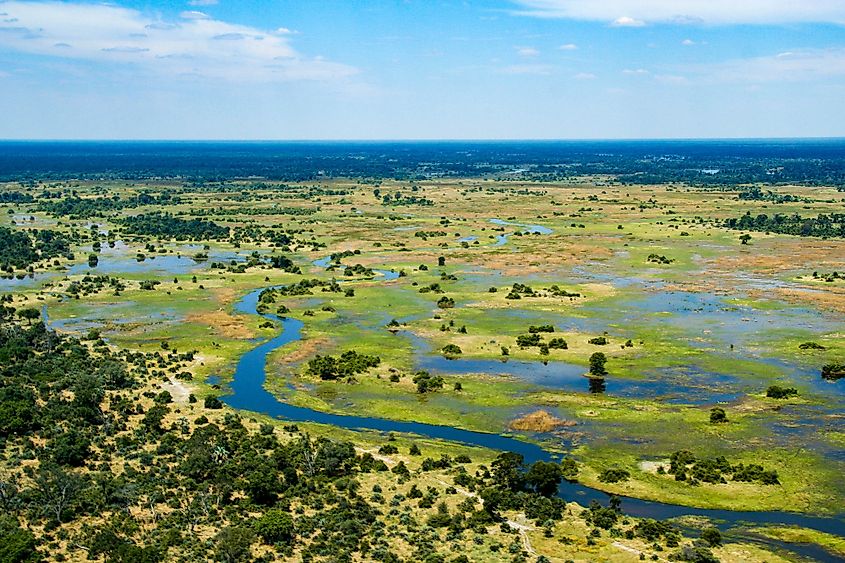
The Okavango delta consists of the Okavango River basin, and an area of 15,000 square kilometres, of surrounding very flat land. The elevation of the area barely changes, varying only two metres in height throughout. These flat conditions are part of the reason that the delta floods so widely during the wet season. At peak, the delta will swell three times in size, from 6000 square kilometres to a flooded area of some 15,000 kilometers. The wettest seasons, and the time when the flood waters are the deepest range between March and August.
The Delta also has a huge number of islands, which range from the very smalle meter wide variety to some that can reach 10 kilometers across. More than 150,000 islands can be found in the delta basin.
Protected Areas In The Okavango Delta
The delta is considered to be one of the seven natural wonders of Africa, and was listed as a UNESCO World Heritage Site in 2014. It also has a national park, known as the Moremi Game Reserve. The title as a game reserve, allowed for the BaSarwa people to remain in the area, whereas a national park technically does not allow for permanent residents. The reserve consists of roughly 5,000 square kilometres of land in the delta, and houses a huge variety of animals, including many which are deemed endangered or threatened.
Wildlife In The Okavango Delta
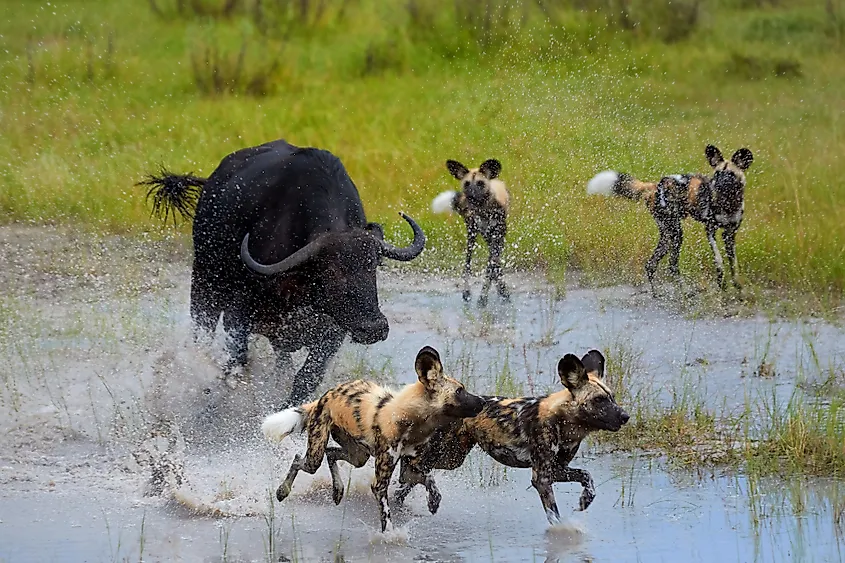
Over a thousand different plants have been recorded in the Okavango river and delta for more than 100 different plant families. Generally, the plants which thrive here can be split into five plant communities. Papyrus Cyperus live in the deep waters, Miscanthus are in more shallow flood plains, and reeds like Phragmites australis, Typha capensis and Pycreus can be found in the connecting areas. Additionally, the higher ground and islands of the delta contain palms, Acacia, Bosica, combretum and Terminalia.
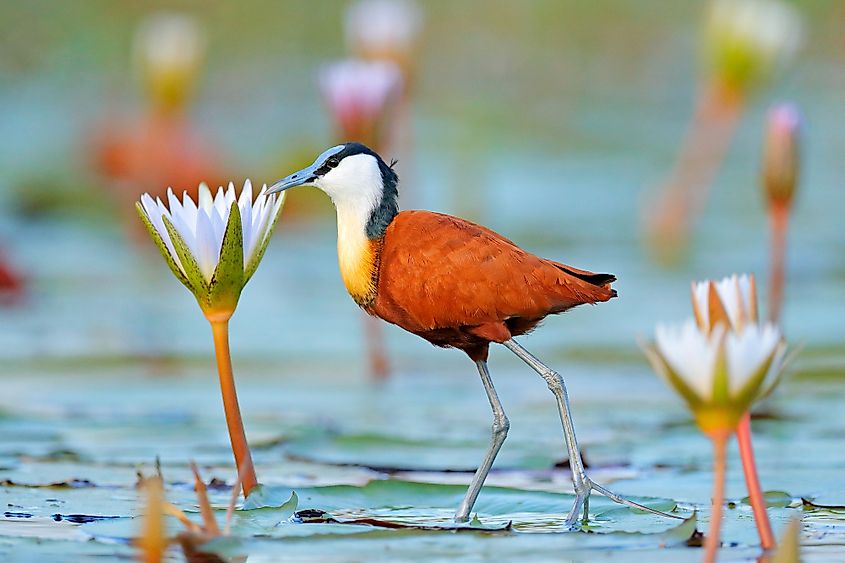
The Okavango Delta is known for having a vast array of wildlife and being very biodiverse. The number and type of creatures that reside here fluctuates greatly with the floodwaters and the seasons, with the highest populations remaining in the dry seasons. Species include many of the most prominent in Africa, such as buffaloes, lions, leopards, African bush elephants,and both whote and black rhinos. Also present are giraffes, antelope, hyenas, hippopotamus, impala, plains zebras, wildebeest, kudu, waterbuck, African wild dogs, aardvarks and aardwolves, honey badgers, and nile crocodiles. The most common animals are lechwe and waterbuck which feed on the water plants and reeds which are common in the delta.
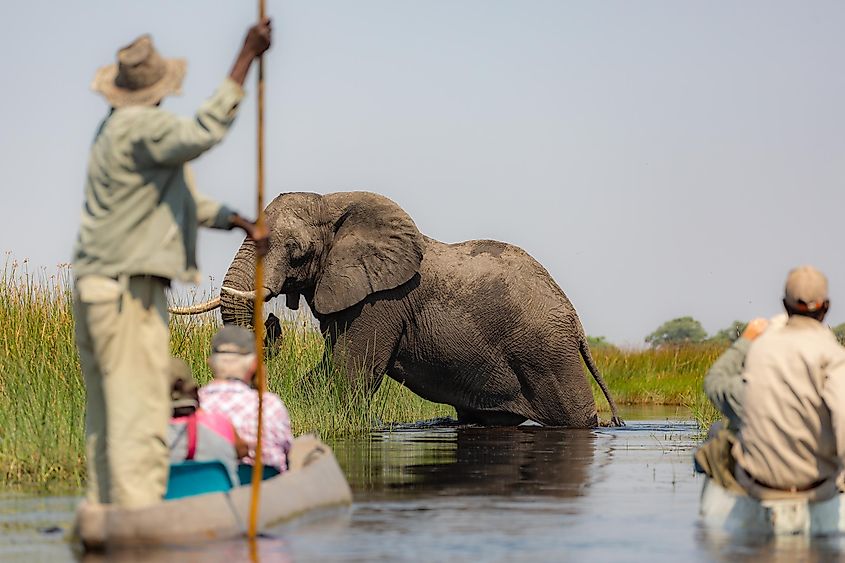
There are also some 400 different species of birds in the area, from the African fish eagle, to guineafowl, the rare Pel's fishing owl, Egyptian geese, South African shelduck, African jacana, African skimmer, marabou stork, the crested crane, African spoonbill, African darter, southern ground hornbill, wattled crane, lilac-breasted roller, secretary bird, and common ostrich.
This highly diverse and unique natural area is an important area of biodiversity and natural flood zones. Its plant life, animals, and habitat play a key role in sustaining the wider ecosystem and ensuring the health of the plains and rivers of Botswana.
